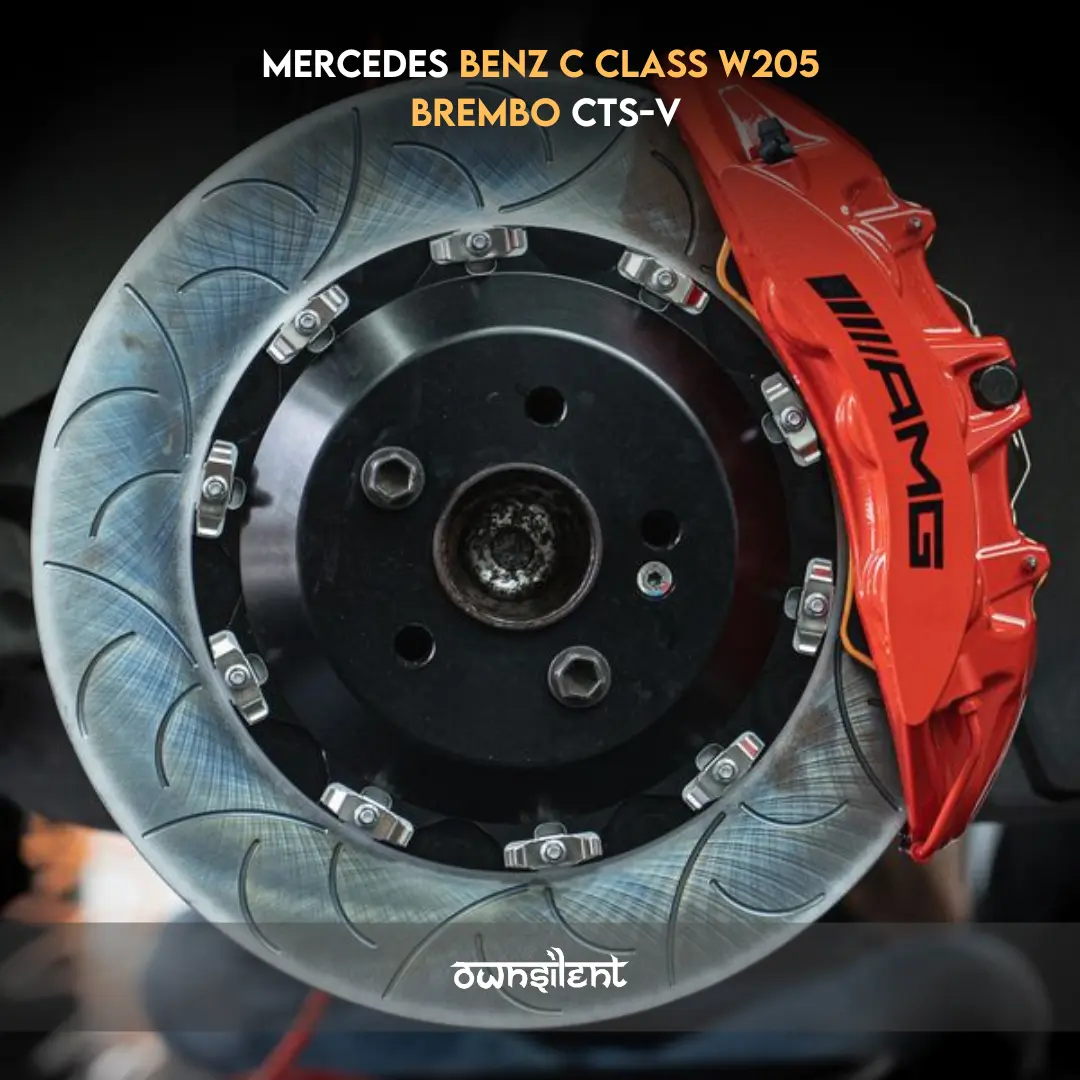Carbon Ceramic Brakes
Carbon Ceramic Brakes are a high-performance braking system commonly used in sports cars, supercars, and luxury vehicles. They offer superior braking performance, durability, and heat resistance compared to traditional steel brakes.

Key Features
-
Material:
- Made from a composite of carbon fiber and ceramic materials (often silicon carbide).
- Extremely lightweight and resistant to wear.
-
Performance:
- Can withstand extreme temperatures (up to 1000°C) without losing effectiveness (no brake fade).
- Provide consistent stopping power in all conditions, including wet weather.
-
Durability:
- Lasts significantly longer than steel brakes due to high wear resistance.
- Designed to handle high-speed braking repeatedly without degrading.
-
Weight Savings:
- Up to 50% lighter than traditional steel discs, improving overall vehicle performance, handling, and fuel efficiency.
-
Aesthetic Appeal:
- Often paired with brightly colored calipers, adding a sporty look to the vehicle.
Advantages
- Superior braking performance at high speeds.
- Reduced rotational mass improves acceleration and cornering.
- Resistant to corrosion, ensuring long-term reliability.
- Low dust production keeps wheels cleaner.
Disadvantages
- Cost: Expensive to manufacture and replace.
- Warm-Up Period: May require warming to achieve optimal performance.
- Noise: Can produce squealing sounds at lower speeds.
Applications
Carbon ceramic brakes are typically found on high-performance vehicles like:
- Ferrari, Lamborghini, Porsche, McLaren
- Rolls-Royce Black Badge editions
- High-end Mercedes-AMG, Audi RS, and BMW M models
Connect with us
Help@ownsilent.com
+14244540430
Our Vision
our goal is to revolutionize the automotive industry by delivering unparalleled luxury, innovation, and quality in every product we offer. We strive to enhance the driving experience for our customers by providing custom, high-performance automotive solutions that blend aesthetics with functionality. Our commitment is to continuously innovate, setting new standards in automotive excellence while ensuring the utmost satisfaction of our clients.